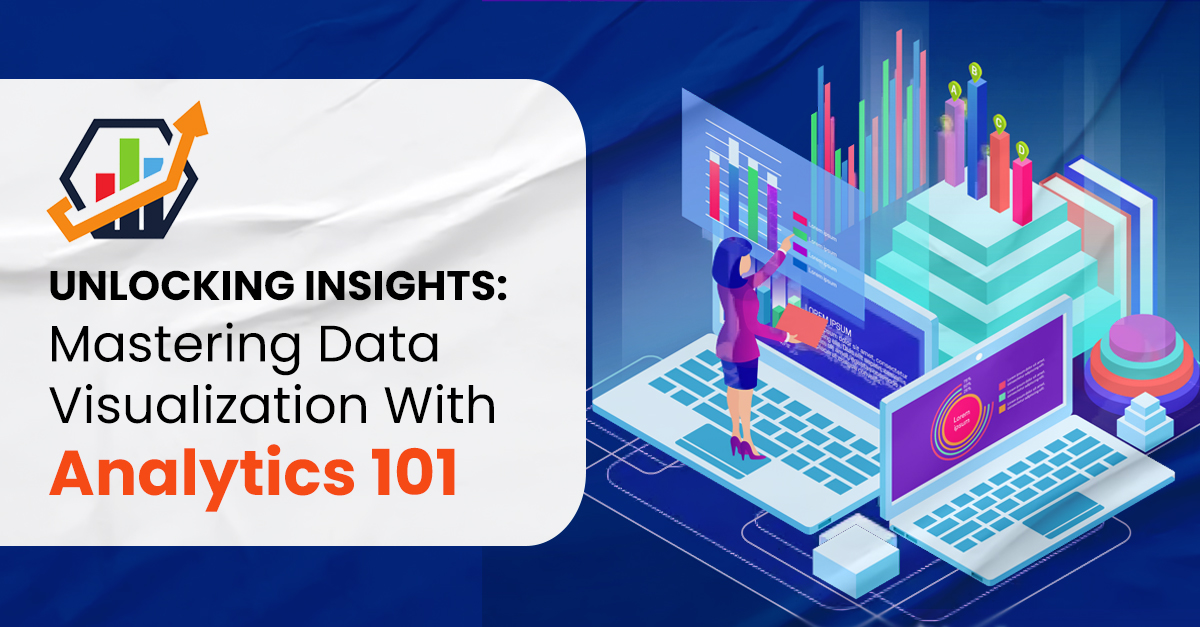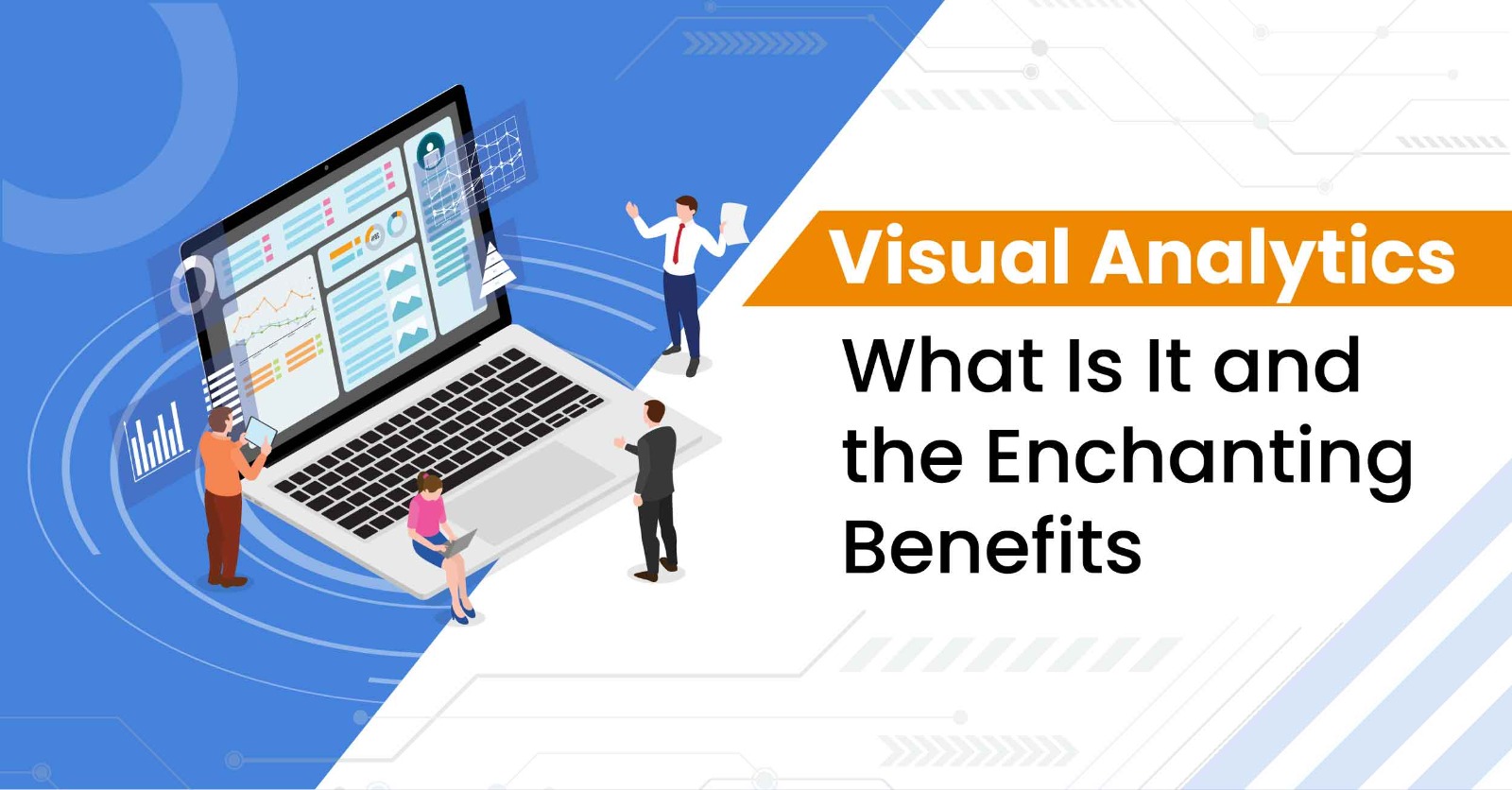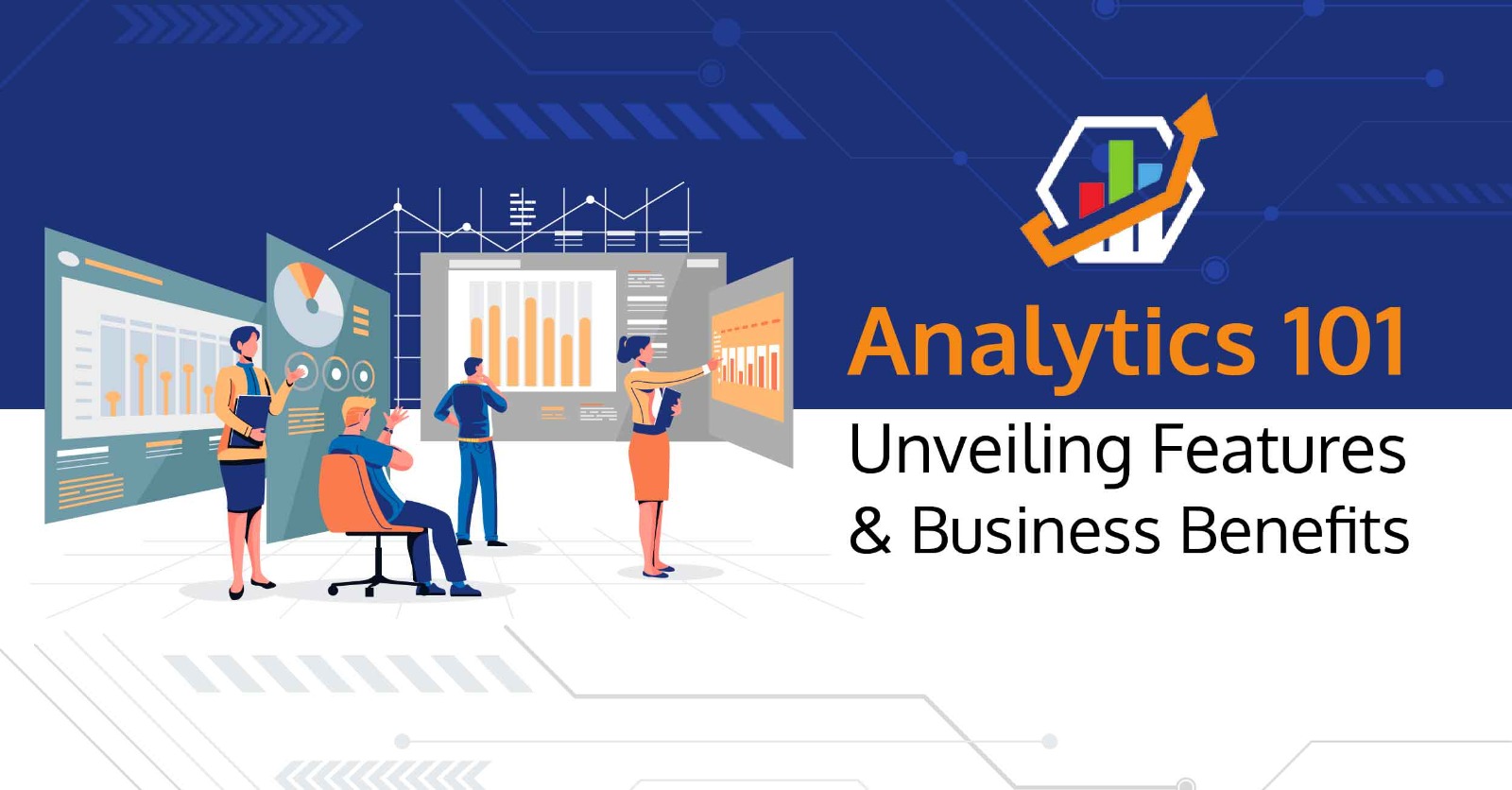
Table of Contents
- Introduction
- The Impact of Effective Data Visualization
- Varieties of Data Visualization Techniques Analysis
- Important and Effective Data Visualization Techniques
- Factors to Consider When Deciding Data Visualization Tool
- Effective Data Visualization Practices
- Mastering Data Visualization Techniques With Analytics 101
Introduction
Transform raw data into compelling insights with the art and science of data visualization.
Data visualization is emerging as an important skill in data science and other respective data-driven industries, including education, finance, and healthcare. Since data professionals grapple with increasing volumes of complex and diverse data, data visualization evolves as an essential toolkit.
Once considered a minor concept in data science, today, data visualization is a dynamic and fast-paced field, nurtured with multiple techniques, tools, theories, and contributions from other disciplines, such as neuroscience and psychology.
This piece of writing delivers an overview of the state of data visualization.
The Impact of Effective Data Visualization
Data visualization is basically the use of graphical representations of data, like graphs, charts, and maps. In comparison with descriptive statistics or tables, visuals deliver a more precise and effective avenue to analyze data, encompassing identifying patterns distributions, and correlations, as well as spotting outliers concerning intricate datasets.
Visuals enable data scientists to summarize multiple rows and columns of complex data and present it in an understandable and accessible format.
With the help of meaningful charts and graphs, data visualization plays an integral role in decision-making crosswise multiple domains. Be it analysts translating their insights for non-technical audiences, data scientists executing A/B tests for marketing strategies, or machine learning experts addressing potential biases in comprehensive language models, data visualization bridges the gap from data understanding to actionable decisions.
Varieties of Data Visualization Techniques Analysis
The platform helps in analyzing visually the behavior of the different variables in a dataset, like the relationship between data points in a variable of the distribution. Based on the number of variables you would like to study at once, you can distinguish three main types of data visualization analysis.
- Univariate analysis: Helps in summarizing the behavior of merely one variable at a time.
- Bivariate analysis: Helps in studying the relationship between two variables.
- Multivariate analysis: Enables data practitioners to analyze multiple variables at once.
Important and Effective Data Visualization Techniques
Line Plots
Among the most frequently employed visual tools, line graphs excel in illustrating the progression of a particular variable over time, typically highlighting time on the x-axis and the targeted variable on the y-axis.
Bar Charts
A bar chart helps in organizing data by ranking multiple categories based on their values, represented by proportional rectangular lengths. Known for their simplicity, businesses often employ bar charts for comparisons, like assessing market share across brands or revenue variations among regions. Different types of bar charts cater to different analytical needs.
Scatter Plots
Scatter plots help in visualizing the relationship between two persistent variables. Each single point on the plot represents a single data point, and the position of the point on the x and y-axis highlights the values of two variables. It’s very frequently used in data exploration to understand the data and swiftly surface potential correlations.
Bubble Plot
A bubble plot, also known as a bubble chart, visualizes data using circles (or bubbles) to represent specific values across two axes. The size of each bubble corresponds to a third variable, providing a multi-dimensional view within a two-dimensional space. This visualization is effective for showcasing relationships among three different data points simultaneously.
Pie Charts
Pie charts deliver a straightforward and digestible way to present information, ideal for audiences seeking concise insights devoid of deep data comprehension. Serving as a fundamental tool in data visualization, pie charts efficiently depict proportions and comparisons of parts to the whole.
Area Chart
An area chart, a variant of the line graph, shades the space beneath the line to signify the cumulative value of each data point. For comparing multiple data series within a single visualization, stacked area charts prove particularly helpful.
Funnel Charts
A funnel chart serves as a valuable visualization technique illustrating interconnected stages and associated data metrics. Predominantly utilized for presenting sales pipelines, sales management metrics, order processing, and recruitment processes, these charts mimic the shape of a funnel, wide at the top and tapering down. By leveraging the varying sizes of funnel segments, this visualization effectively conveys the progression or hierarchy of data or users through a sequential process.
Factors to Consider When Deciding Data Visualization Tool
Learning Curve
The spectrum of data visualization tools varies about user-friendliness and sophistication. Tools with advanced features entail a more challenging learning process. While basic visualization tools cater well to non-technical individuals, they might impose certain limitations and constraints.
Type of Visualization
Data visualization tools can be easily grouped on the basis of their emphasis on individual plots versus comprehensive dashboards. The initial tools are meant for crafting singular visualizations. In contrast, the second category prioritizes platforms or dashboards as foundational elements.
Flexibility
For meticulous control over all elements of your visualizations, prefer tools offering extensive flexibility. While mastering these tools might require a more significant time investment, the payoff lies in developing highly tailored and visually appealing graphics.
Cost
Cost plays a pivotal role in selecting a data visualization tool. Depending on your requirements and financial constraints, certain tools may offer more ideal functionality than others.
Effective Data Visualization Practices
Below are key design principles to skillfully convey data insights to your audience.
Know Your Audience
As a fundamental guideline, prioritize understanding the audience for whom your visualization is intended. This entails grasping their expertise, technical proficiency, and areas of interest.
The Clutter
To prevent cluttered and incomprehensible visuals, assess the relevance of each element for your audience and eliminate any extraneous components.
Consider the Fonts
While the allure of using varied fonts and sizes is understandable, it’s advisable to adhere to a single font type, limiting yourself to a maximum of three distinct sizes. Maintain a clear font hierarchy, ensuring headings are larger than the body text, and employ bold styling to emphasize crucial elements and headings.
The Colors
Color stands out prominently in data visualizations. Therefore, carefully select your color scheme, ensuring consistency across visuals. Systematically utilize colors to differentiate between groups, signify importance levels, and establish various information hierarchies.
Mastering Data Visualization Techniques With Analytics 101
Mastering data visualization through Analytics 10- a BI platform, entails a multifaceted approach that combines technical expertise with effective communication strategies. At its core, this discipline revolves around transforming complex data sets into visually compelling and actionable insights tailored to specific audiences. To embark on this journey, one must first understand the intricacies of the data landscape, ensuring the accuracy, relevance, and integrity of the information being presented.
From leveraging foundational chart types like line graphs and bar charts to exploring advanced interactive dashboards, mastering the art of data visualization requires a blend of creativity, analytical rigour, and user-centric design principles. Furthermore, staying abreast of emerging trends, best practices and technological advancements in the analytics domain is crucial for continuous improvement and innovation.
By adopting a systematic approach that emphasizes audience empathy, design excellence, and data-driven decision-making, professionals can unlock the full potential of Smartinfologiks’s Analytics 101- a business intelligence and analytics software, that drives meaningful insights, fostering collaboration, and empowers organizations to thrive in today’s data-driven landscape.


